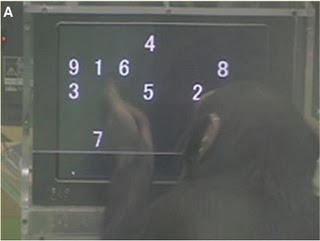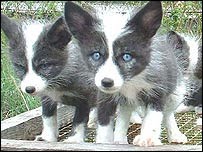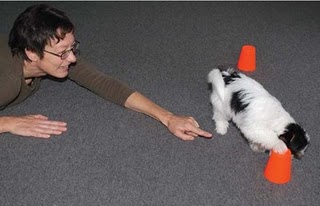 Ever since its discovery in 1861, Broca’s area (named after its discoverer, Paul Broca) has been inextricably linked with language (Grodzinsky and Santi, 2008). Found in the left hemisphere of the Pre-Frontal Cortex (PFC), Broca’s region traditionally[1] comprises of Broadmann’s areas (BA) 44 and 45 (Hagoort, 2005). Despite being relegated in its status as the centre of language, this region is still believed to play a vital role in certain linguistic aspects.
Ever since its discovery in 1861, Broca’s area (named after its discoverer, Paul Broca) has been inextricably linked with language (Grodzinsky and Santi, 2008). Found in the left hemisphere of the Pre-Frontal Cortex (PFC), Broca’s region traditionally[1] comprises of Broadmann’s areas (BA) 44 and 45 (Hagoort, 2005). Despite being relegated in its status as the centre of language, this region is still believed to play a vital role in certain linguistic aspects.
Of particular emphasis is syntax. However, syntactic processing is not unequivocally confined to Broca’s area, with a vast body of evidence from “Studies investigating lesion deficit correlations point to a more distributed representation of syntactic processes in the left perisylvian region.” (Fiebach, 2005, pg. 80). A more constrained approach places Broca’s area as processing an important functional component of grammar (Grodzinsky and Santi, 2007). One of these suggestions points specifically to how humans are able to organise phrases in hierarchical structures[2].
In natural languages, “[…] the noun phrases and the verb phrase within a clause typically receive their grammatical role (e.g., subject or object) by means of hierarchical relations rather than through the bare linear order of the words in a string. [my emphasis]” (Musso et al., 2003, pg. 774). Furthermore, these phrases can be broken down into smaller segments, with noun phrases, for example, consisting of a determiner preceding a noun (Chomsky, 1957). According to Chomsky (1957) these rules exist without the need for interaction in other linguistic domains. Take for example his now famous phrase of “Colourless green ideas sleep furiously.” (ibid, pg. 15). Despite being syntactically correct, it is argued the sentence as a whole is semantically meaningless.
The relevant point to take away is a sentence is considered hierarchical if phrases are embedded within other phrases. Yet, examples of hierarchical organisation are found in many domains besides syntax. This includes other language phenomena, such as prosody. Also, non-linguistic behaviours – such as music (Givon, 1998), action sequences (Koechlin and Jubault, 2006), tool-use (cf. Scott-Frey, 2004) and tool-production (Stout et al., 2008) – are all cognitively demanding tasks, comparable with that of language. We can even see instances of non-human hierarchical representations: from the songs of humpback whales (Suzuki, Buck and Tyack, 2006) to various accounts of great apes (McGrew, 1992; Nakamichi, 2003) and crows (Hunt, 2000) using and manufacturing their own tools[3].
With this in mind, we can ask ourselves two questions corresponding to Broca’s area and hierarchical organisation: Does Broca’s area process hierarchically organised sequences in language? And if so, is this processing language-specific? The logic behind this two-part approach is to help focus in on the problem. For instance, it may be found hierarchical structures in sentences are processed by Broca’s area. But this belies the notion of other hierarchically organised behaviours also utilising the same cognitive abilities.
Continue reading “Broca's area and the processing of hierarchically organised sequences pt.1”



